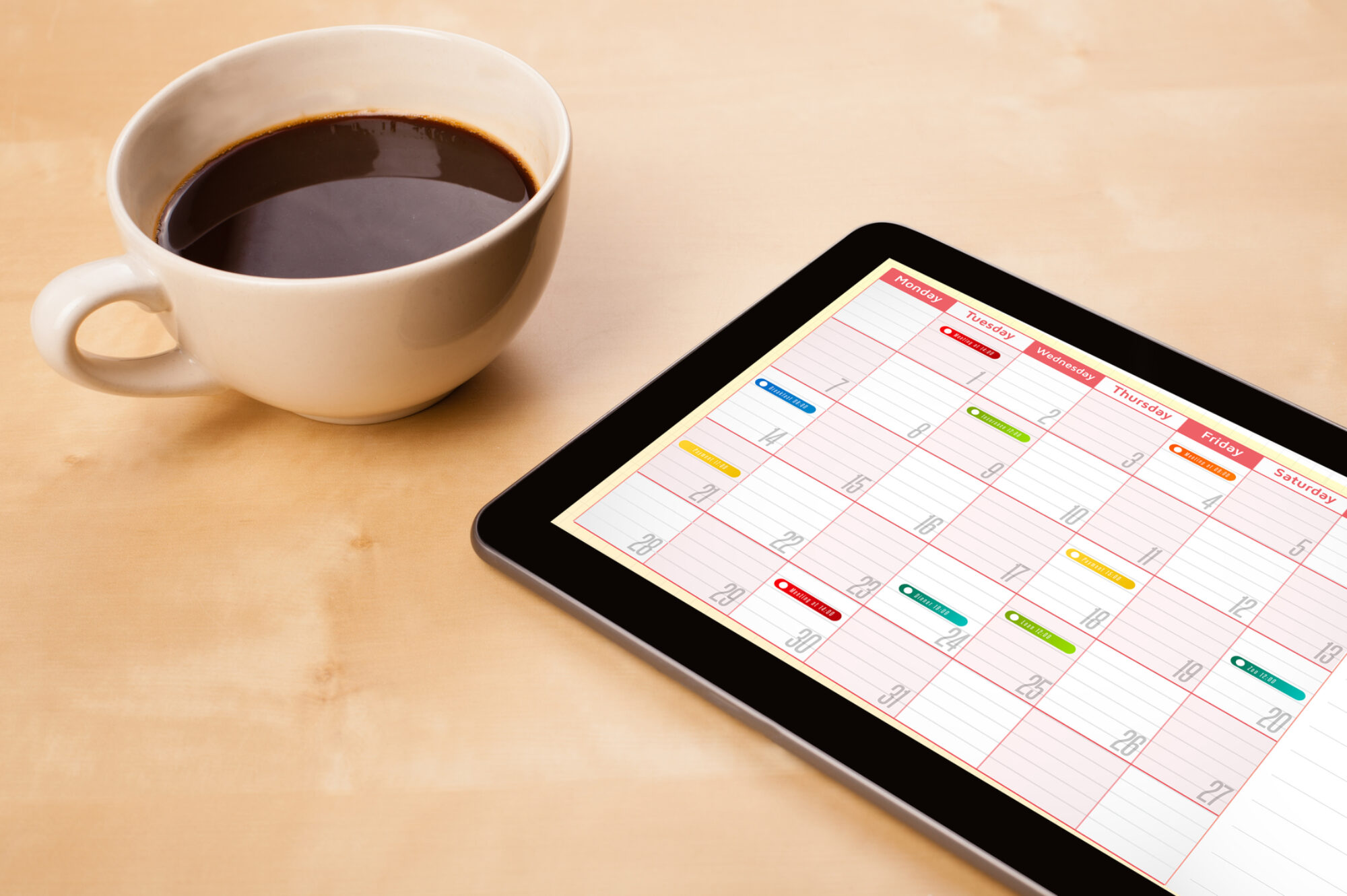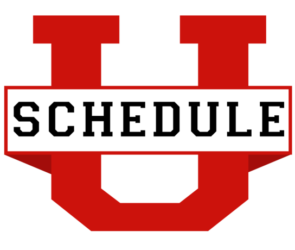 News broke this week that Todoist, the popular task list management app, now features real-time Google Calendar integration. What does this mean for the Total Task Scheduler?
News broke this week that Todoist, the popular task list management app, now features real-time Google Calendar integration. What does this mean for the Total Task Scheduler?
Well, if you are looking for alternatives to apps which already exist, this is good news. SkedPal, TimeTo, Focuster, Sheldonize and SELFPLANNER have been your only options for some time. My analysis shows that SkedPal is the most advanced of the bunch. (Disclaimer — Iam a SkedPal user and am not unbiased in this regard.)
For current users of Todoist who are interested in Total Task Scheduling, this is wonderful news as you may tell from the comments on the article. It comes on the heels of the announcement of “Smart Schedule” in November; it was the app’s prior step on the journey to becoming an auto-scheduler.
That announcement was also well-received.
However, there appears to be a pattern. Todoist users hail the arrival of these new auto-scheduling features, but then once they actually start to use them, they find there are problems. In the case of the prior announcement, the most recent comments are from annoyed users. Also, I couldn’t find a positive review of the new feature, even after a lengthy search. It was as if all the happiness that users expressed when the new feature emerged turned into its opposite. What’s happening?
To help understand, see the diagram below.

It shows the path an average user takes as they upgrade their tools. Todoist is a typical example of a Complex Task App, used by people who manage their time demands using various kinds of lists. Each one its tagged with attributes such as importance, urgency and duration in the program.
With the latest features, Todoist is attempting to make the jump to Level 6 by adding the typical features of an Auto-Scheduler.
The challenge is that the program’s users all have habits which are suitable for Level 4. Now, they must make a difficult adjustment, without much explanation and with no training. It’s a bit like giving someone a racehorse to ride when they have only ever ridden a donkey.
At first, it seems like a good idea… in theory. But when you actually start riding for the first time, a whole new reality emerges.
I don’t know if Todoist has figured out what they are asking their users to do from a behavioral perspective, but they must do so. It’s the only way to prevent the annoyance that ensued when the last feature was rolled out. Fortunately for them, this need not be a matter of trial and error, hit or miss. In A Course in Scheduling on the Schedule U website, there is a road map of behaviors which must be mastered by users of all auto-schedulers. It’s inherent in the way human beings relate to their tasks and calendar.
In other words, there is no reason to reinvent the wheel. The addition of these features is leading users down a well-defined path. Where certain capabilities are needed, but lacking, users will experience a predictable level of frustration. For example, there are already complaints that users can’t manage projects and notifications the way they want. Plus, some want to sync some tasks their calendar but not others. Many want to “cross off the item once it’s complete” which is one of the reasons people like using lists, and Complex and Simple Task Apps.
How can this frustration be alleviated?
Maybe there’s a way to show Todoist users the path they are on… that this is more than just a few cool features being added to meet some user’s requests. It actually involves a completely new way to manage tasks. This is a fact Total Task Schedulers know from experience.
This implies that there needs to be more than just added functionality… there should also be a level of transparency at first, then the offer of education and training.
Or maybe not.
I could be wrong — there has never been a company which migrated its users from Level 4 to 6 by adding new features. All I have is the experience of people who made the jump by letting go of one app and adopting an entirely new one altogether.
It will be interesting to watch. Obviously, Todoist isn’t interested in losing its users to other apps so the addition of auto-scheduling features is a must. I described the dilemma app designers face in a prior series of article s—What Task Management App Developers Can Do to Catch Up with Pokemon Go.
Will Todoist find a way to prevent the predictable frustration that will unfold? Is it sufficient to leave it up to users to figure out the path they are on and how they should educate themselves? Only time will tell.
 One of the benefits of becoming a Total Task Scheduler is that you can set aside entire blocks of time or days to accomplish whatever you think is most important.
One of the benefits of becoming a Total Task Scheduler is that you can set aside entire blocks of time or days to accomplish whatever you think is most important.

 News broke this week that Todoist, the popular task list management app,
News broke this week that Todoist, the popular task list management app, 













